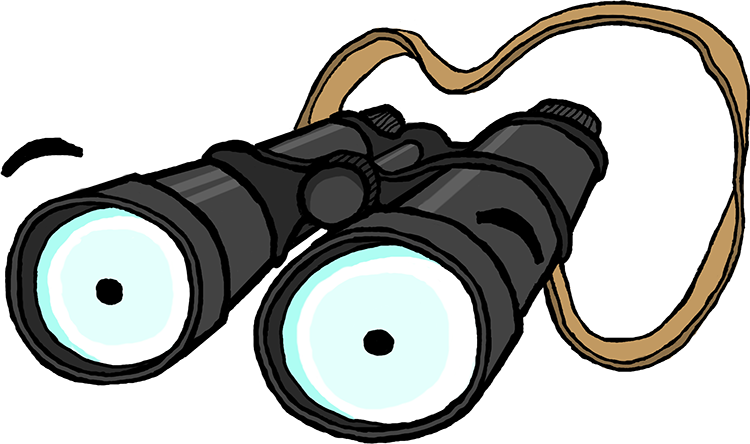Ireland
Ireland was completely transformed by the First World War and much of the country as we know it today was formed during and immediately after the conflict. Despite tensions between Britain and Ireland before the outbreak of war in 1914, there was widespread support for the British war effort and over 200, 000 Irishmen from all walks of life and every part of the island served in the British forces while Irish civilians played an important role on the home front.
Pre-War Tensions
In early twentieth century, Ireland was an undivided country, ruled by Britain and part of the United Kingdom. Tensions over the introduction of Home Rule, a form of devolved government, had led to a militant response from members of the Irish Unionist community, who regarded themselves as British and opposed any steps that might weaken Ireland’s link with the United Kingdom.
In 1912, 500,000 Unionists in Ulster, Ireland’s northern province, signed a Covenant in protest against the introduction of the Third Home Rule Bill.
In January 1913 the Ulster Volunteer Force (UVF) was formed, a paramilitary group dedicated to resisting the introduction of Home Rule. In response, Irish nationalists, who wanted some form of independence from Britain, formed the Irish Volunteer Forces (IVF) in November. Members of the IVF swore to safeguard the introduction of home rule and were generally loyal to the nationalist Irish Parliamentary Party. When war broke out there were 180,000 members.
The Irish Citizen Army (ICA) was formed in Dublin in November 1913 in response to police brutality during a bitter industrial dispute. The ICA was a small, well-trained socialist militia under the leadership of James Connolly and other trade unionists.
Wartime Service
In 1914, almost 30,000 Irishmen serving in the regiments of the regular British Army. Many served in Irish regiments such as the Royal Inniskillings and the Munster Fusiliers. A major Irish recruitment campaign was launched at the beginning of 1915 and the numbers of Irish volunteers remained quite steady until the end of war. Many of these volunteers were attached to one of three distinctly Irish divisions formed for wartime service: the 10th (Irish), the 16th (Irish) and the 36th (Ulster) divisions. Over 200,000 Irishmen served between 1914 and 1918 in every branch of the armed forces and in every theatre of war. At least 35,000 Irishmen died as a result of military service.
Civilians on the Irish home front played a major role in the war effort.
Dublin, Cork and Waterford all became major centres of shell production and over 37,000 workers were involved in war-related shipbuilding in Belfast. Thousands of women worked in munitions factories and carried out other types of war work. Irishwomen also took on jobs previously held by men, and served as nurses for British civilian organisations or for the military Voluntary Aid Detachment.
DID YOU KNOW...?
As military conscription was never enforced in Ireland, most Irishmen who served during the war were volunteers.
The Battle of Messines
The Battle of Messines took place from 7th – 14th June 1917. With an aim to win the high groun and ready for a major attack in August the Third Battle of Ypres (Passchendaele). Aircraft worked closely with artillery units in the ten days before the battle to weaken German defences before the main attack, but the most effective tactic used by the Allies was the detonation of massive underground stores of high explosives via a network of tunnels under the ridge.
The Allies planned to attack Messines Ridge and take the position from the Germans to win the high ground and get ready for a major attack in August – the Battle of Passchendaele.
Overnight, the Allies bombarded the German troops with artillery. Iin the early hours of 7th June, 19 mines were detonated under German trenches. The explosions killed about 10,000 German troops, and were devastating for the morale of the survivors.
Within minutes of the detonations, nine Commonwealth divisions advanced towards German lines supported by tanks and gas shells. Almost all objectives were achieved in the first three hours of the battle.
Two Irish divisions fought at Messines, the 16th (Irish) Division and the 36th (Ulster) Division. The 16th Division consisted of mainly Catholic officers, and soldiers from nationalist communities. The 36th Division were mostly from Protestant communities in the north of the island with a strong sense of British identity. Although these men may have wanted different things for Ireland’s future, they fought and died side by side at Messines ridge. The battle now has a special place in the Irish memory of the war.

